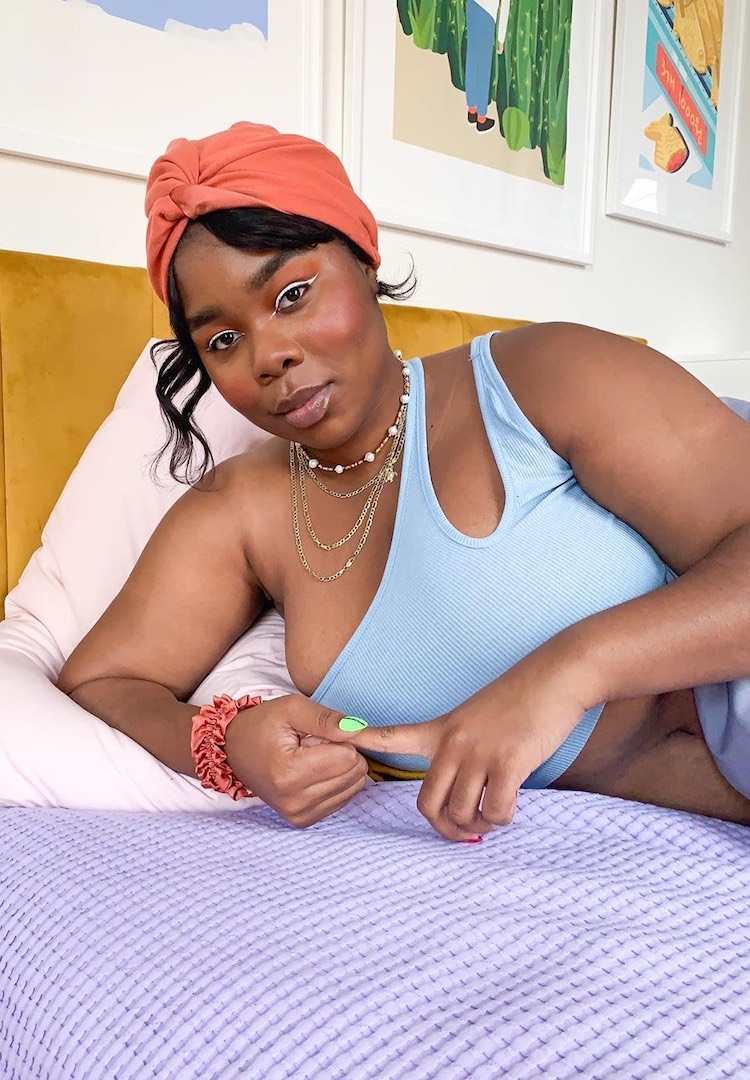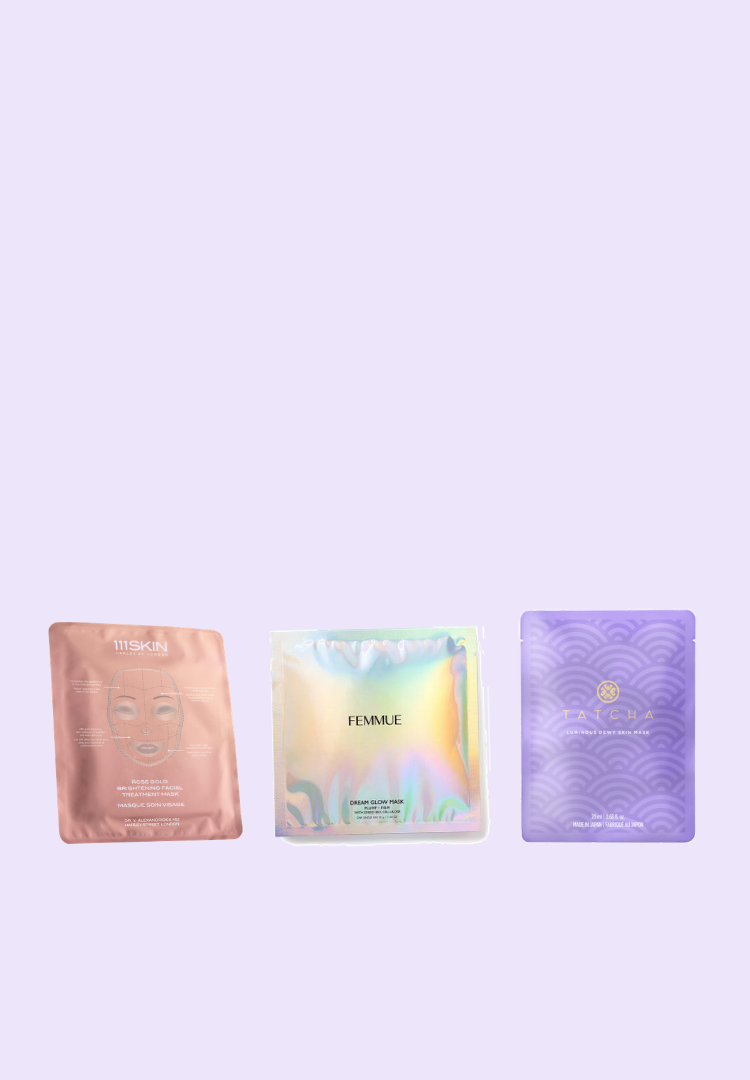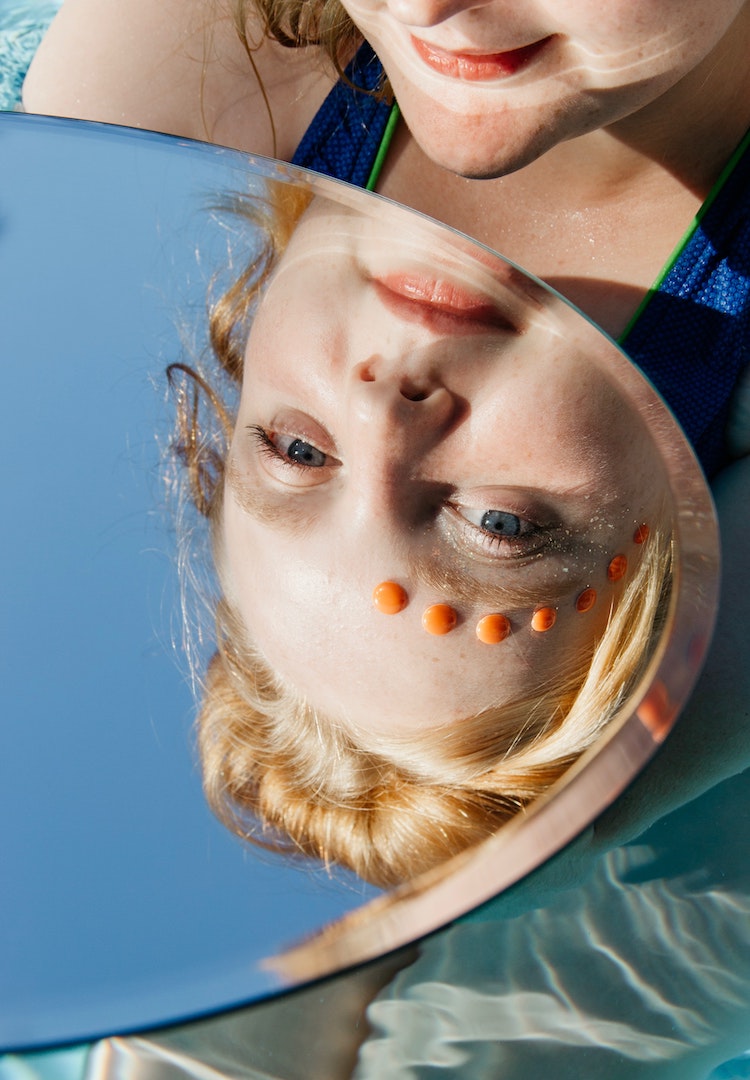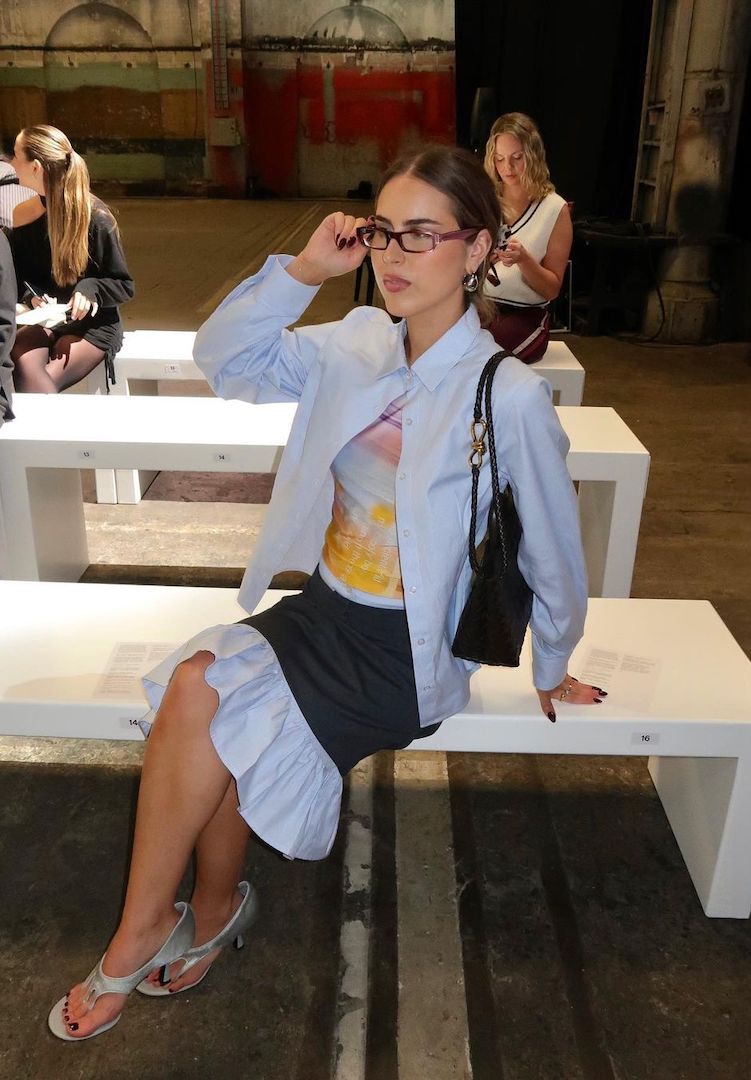The fox eye beauty trend is cultural appropriation, here’s why
IMAGE VIA @BELLAHADID/INSTAGRAM
WORDS BY CAIT EMMA BURKE
Cultural appropriation in an even more insidious form.
When I was trawling the internet the other day, I came across a post on the Bobo & Flex podcast’s Facebook group. In it, Alyssa Ho, a writer and member of the group, had shared a link out to a video posted by Australian influencer, Rozalia Russian. The video was of The Lady Bunch, a weekly Instagram live session between Rozalia and her friends Rebecca Harding, Elliot Garnaut and Emma Hawkins.
Looking for some more thought-provoking reads? Subscribe here and we’ll send them straight to your inbox.
The episode in question featured celebrity makeup artist Chantelle Baker, and, while discussing the latest makeup trends, the conversation moved to the ‘fox eye trend’. Chantelle pulled back her eyes, in an attempt to get the elongated, almond eye shape made infamous on White women by models like Bella Hadid, and often achieved via surgical enhancement. She exclaimed: “How good would that be?”.
Amid a discussion of how long the surgical procedure lasts and ways you can achieve this “look” with makeup alone, I watched each of the five grids on the screen. As they each pulled their eyes back out and upwards, and a photo of Kendall Jenner – a rumoured recipient of fox eye surgery – flashed up on the screen, the response was unanimous: this is the look to have, so how do we get it?
Wait, what is the fox eye trend?
If this is the first time you’ve heard of the fox eye trend, you might be wondering what the issue is. Makeup trends come and go, and most of them are harmless and fun. Likewise, a discussion of surgical procedures amid makeup talk has become commonplace.
In 2020, surgery is deeply intertwined with beauty aesthetics – asking surgeons to replicate Instagram and Snapchat filters is no longer seen as a ludicrous request. So what’s different about the fox eye trend?
Put simply, the fox eye trend is cultural appropriation at its most insidious. It’s yet another instance of a group with greater privilege taking a cultural identity marker of another group, in this instance Asian eyes, and in the process validating it as a trend and, most damagingly, exoticising it.
It’s no coincidence that the trend is primarily being adopted by White women – across Instagram, YouTube and TikTok there are hundreds of thousands of photos, videos and tutorials, almost entirely featuring White women, showing people how to achieve the “look”.
The “migraine pose”, where one places their hands on their temples and pulls the skin back, in the process creating a slanted eye, is ubiquitous among influencers on Instagram, and has been used by influencers like Emma Chamberlain. With over 10 million followers on the platform, she received swift backlash for the pose, and after numerous Asian followers patiently educated her about the offensive nature of it, she publicly apologised and removed the photo.
As one follower explained in a Tweet to Emma in response to her apology: “The pose has been appropriated by White women to be ‘trendy’ and a symbol of beauty, when really it’s a symbol of oppression for us.” For FJ contributor and sustainable fashion advocate Maggie Zhou, while the fox eye trend brings back painful memories of racist taunts she received growing up in Australia, the more pressing issue is the lack of care and understanding some influencers display.
“What’s most infuriating about the fox eye trend isn’t that it brings back childhood memories of people yelling ‘ching chong ching’ at me, or that typically Asian features are being praised on non-Asian faces, it’s that when we’ve told people to stop, they choose not to listen,” she tells me.
“Having small, slanted Asian eyes was always the butt of jokes and something antithetic to the Western beauty ideal. Having (usually White) people co-opt a facial feature we were so often bullied about, and for it to be something that’s praised and dubbed ‘cool’, is insulting.”
Why should Asian people be doing the educating?
In a disheartening yet all too common pattern playing out across the internet, more often than not, the oppressed group – the group that’s been hurt – ends up educating the oppressor. This was clearly on display in the comment section for The Lady Bunch’s video on Rozalia Russian’s, Emma Hawkins’, Elliot Garnaut’s and Rebecca Harding’s Instagrams. Commenter after commenter, many of them Asian, took the time out of their day to explain why the trend was hurtful, and demand better from these influencers.
Kevin Chung, a model based in New York, commented: “y’all this is incredibly racist and offensive… I truly cannot believe this. leave it to the white folx to turn BIPOC features into a trend. they always want something they don’t have”, while another commenter urged them to “Please take the time to do some research into why the ‘fox eye’ is offensive, not sure how you didn’t know that already but this is a great opportunity to learn.”
Maggie understands there are people who may not be aware of how damaging the fox eye trend can be. But what she wants is more accountability from influencers and regular people once the trend’s racist nature has been explained to them.
“Anti-racism often needs to be learnt and taught, so it’s excusable when people don’t get it right on the first go. But actively shutting down the voices of minorities is cowardly and overtly racist. We tend to dress ‘the r word’ up in niceties and innuendos, but continuing with the fox eye trend when you’ve been told it’s disrespectful is just that – racist,” she says.
Collectively, we need to call out the fox eye trend and its associated poses when we see people adopting them. The Asian community has taken the time to educate and explain, but we must not leave it up to them. This trend is yet another instance of mainstream beauty stealing from a culture, in the process fetishising a facial feature around which many Asian people have received painful, racist taunts.
At a time when discussions about anti-racism, Black Lives Matter and cultural appropriation have reached fever pitch, to willfully ignore criticism and call outs, while refusing to acknowledge the privilege and ignorance you display when plagiarising from another culture, feels embarrassingly tone-deaf.
There is a multitude of other poses you can use, and likewise, there are numerous makeup trends you can adopt that don’t belittle other cultures and ethnicities. While Maggie can understand the initial appeal of the pose, she says there is no reason to continue using it when it’s been made extremely clear, time and time again, just how offensive it is.
“There’s a part of me that understands that when photographed, this pose adds a layer of movement and interest to a frame. But the same effect can be achieved by resting a finger at your temple; there’s no need to pull at the corner of your eye. It’s that simple, really. Anyone who goes out of their way to defend this action should consider why their selfie is more important than the collective wish of Asians globally.”
To learn more about cultural appropriation and its harmful impact on marginalised groups in society, head here.













